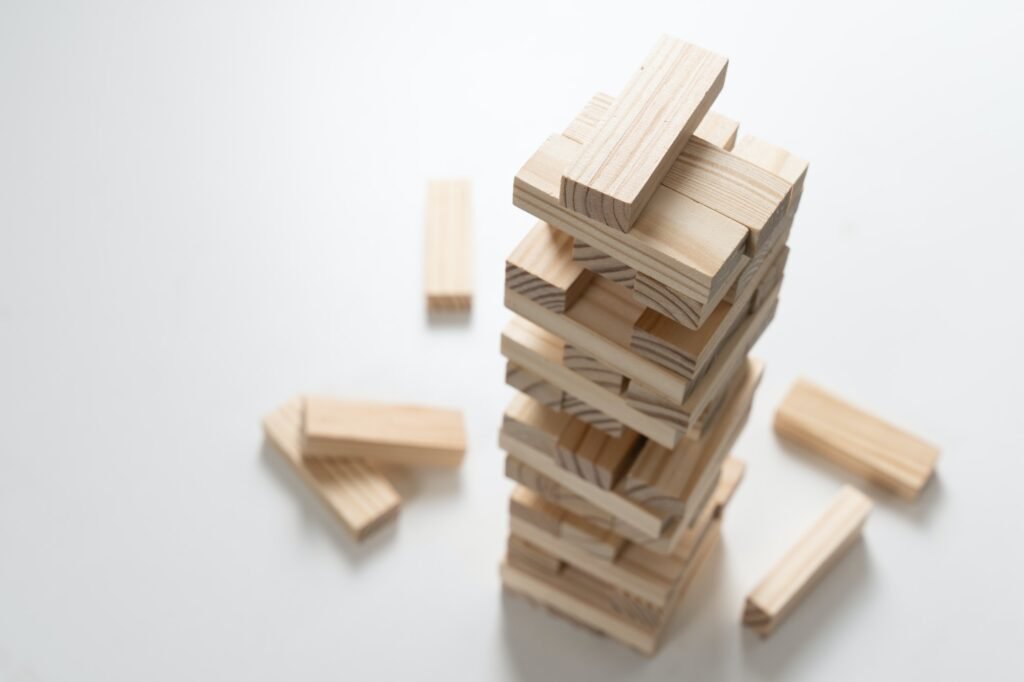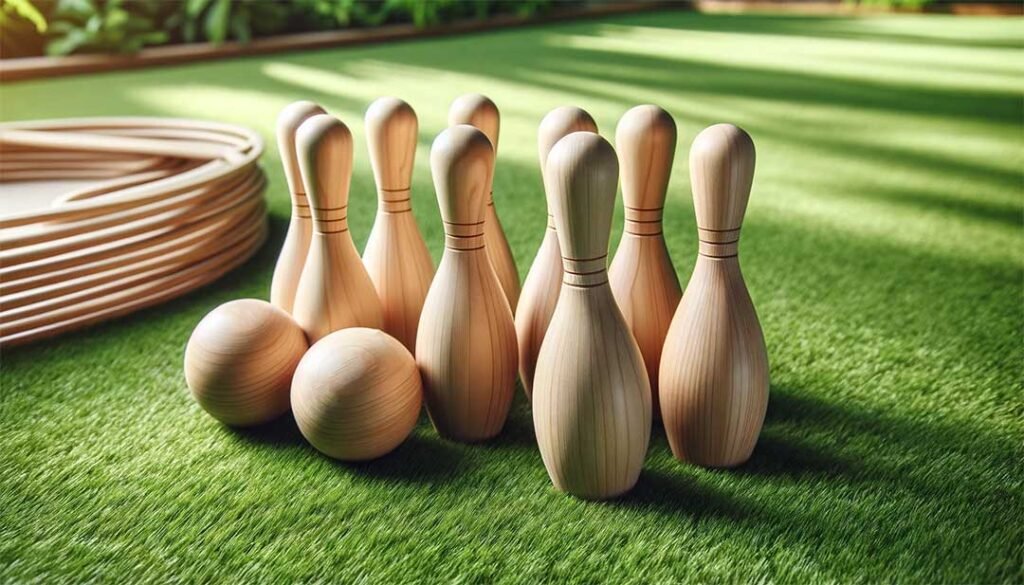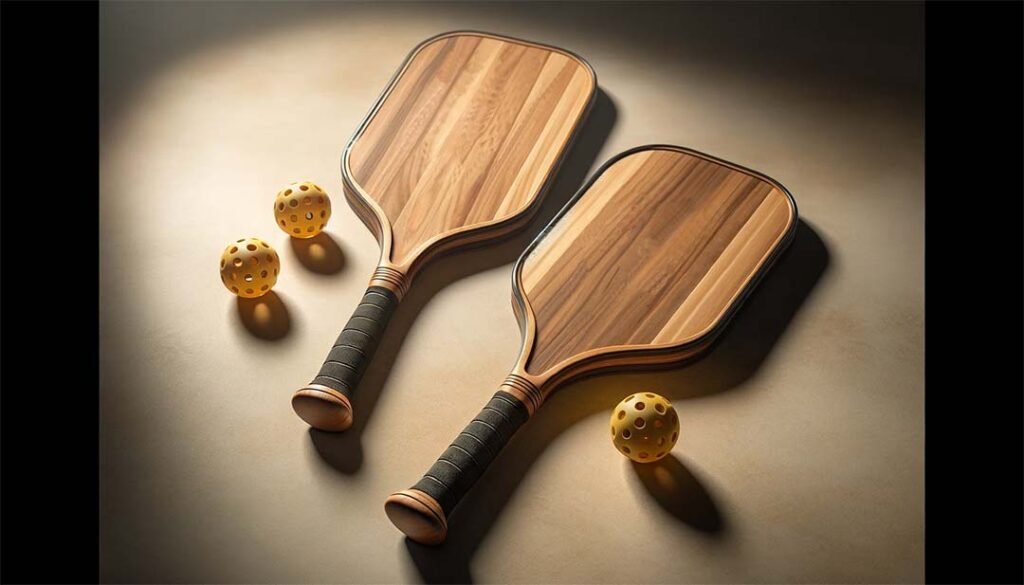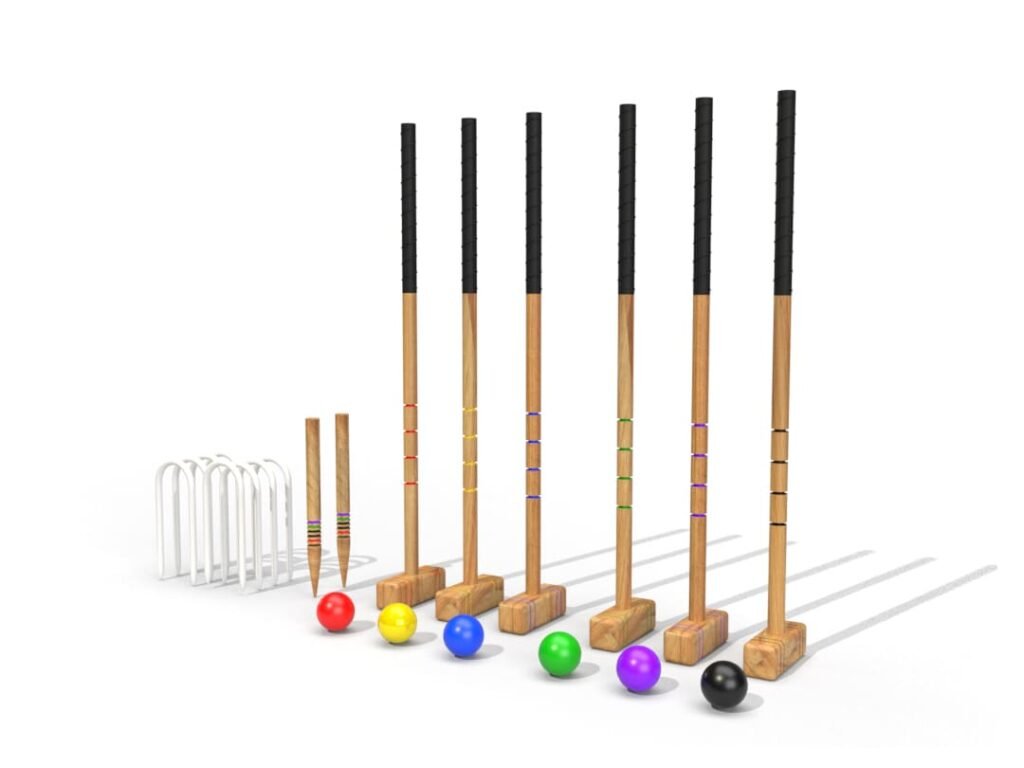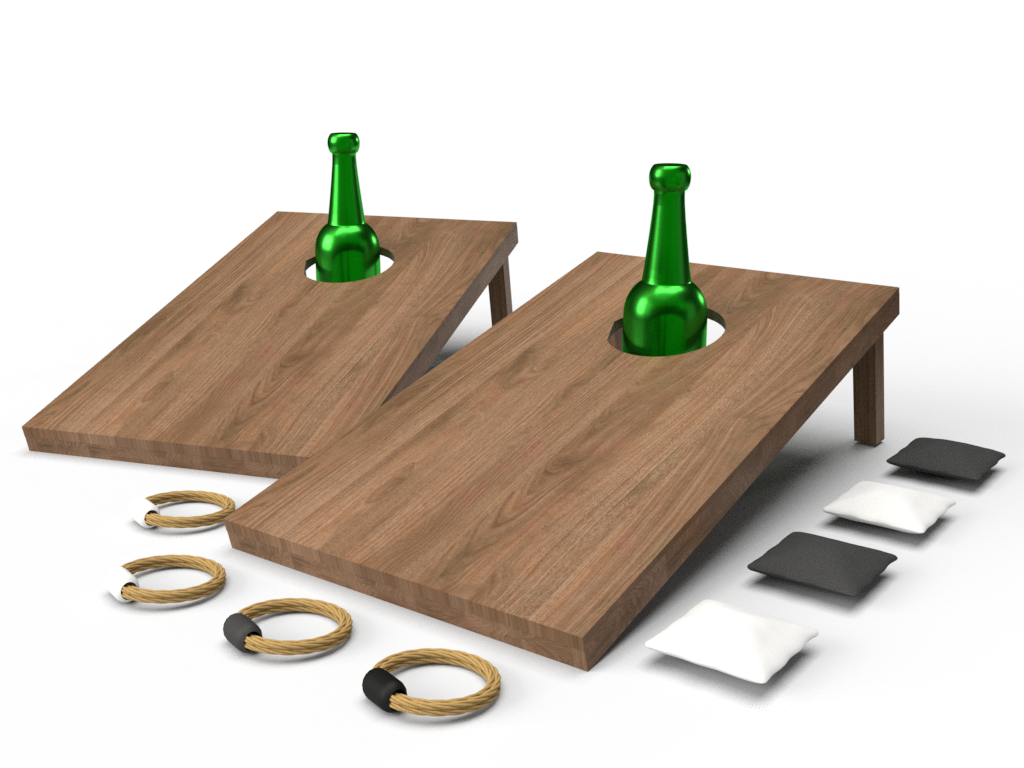You’re stoked about making wooden toys, but holy moly, there’s a mountain of issues. You’ve got cost overruns, unpredictable suppliers, and that pesky worry about safety certifications. Sound familiar? I feel your pain. I’ve run into so many folks, just like my buddy Andy, who face these headaches. But hey, I’ve been there. I run Kangjie, a B2B trading company in China, and I’ve figured out a way around these roadblocks (and then some).
Let me give you a quick and dirty answer to our main question: find reliable wood (with legit certifications), sand every edge to keep tiny fingers safe, use non-toxic paint, and keep testing throughout the process. Simple, right? Not exactly. But with a dash of creativity, a solid supply chain, and a willingness to pivot when needed, you’ll see your wooden toys soar. And trust me, every minute you spend on meticulous planning saves you hours (and bucks) down the line.
Keep reading, because there’s a lot more to learn if you really want to craft top-notch, safe, and super fun wooden toys that stand out in the market. I’ll spill my best secrets below.
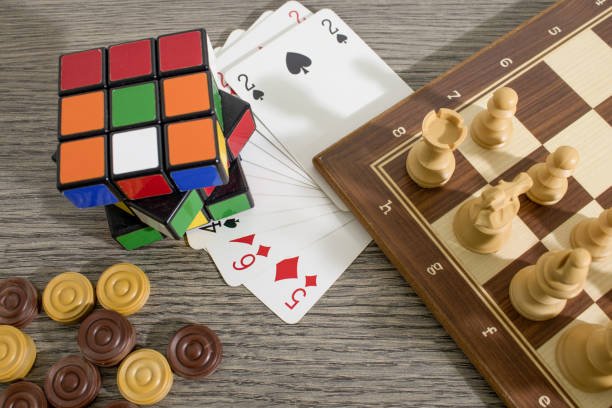
What’s the secret sauce for crafting top-notch wooden toys?
It all starts with picking the right wood. You wouldn’t build a ship out of cardboard, would you? Same logic applies here. Beech, maple, and birch are rock-solid choices—durable, non-toxic, and smooth as butter. You also need to consider moisture content—anything above 12% is a one-way ticket to cracks and warping.
Beyond that, safety is king. Your toys need to be sanded down like a baby’s cheek—no rough edges, no loose parts. And don’t even think about using paints or finishes with nasty chemicals. Eco-friendly, non-toxic coatings are the only way to go.
How do you make wooden toys look (and feel) premium?
Simple. Precision and finishing. Nobody likes a rough-looking, splinter-prone wooden car that feels like it came from a medieval torture chamber.
- Laser-cut details give toys a sharp, polished look.
- Hand-sanding and oiling add that high-end, artisan feel.
- Custom engravings? That’s how you turn a generic toy into a collector’s item.
Oh, and weight matters. Too light? Feels cheap. Too heavy? Feels like a weapon. Find that sweet spot, and you’ve got a winner.
What about the manufacturing process?
Now, this is where a lot of businesses trip up. Speed is great, but rushed production leads to sloppy quality. You want a streamlined but controlled process:
- Pre-cut the wood to standard sizes – Saves time, reduces waste.
- Test for durability – Drop tests, weight tests, toddler-proofing (if it survives a three-year-old, it’s golden).
- Modular designs – Easier to assemble, easier to fix, easier to scale.
And don’t forget quality control checks at every stage. No one wants a wooden train missing its wheels.
How do you keep production cost-effective?
Ah, the golden question. You don’t want to skimp on quality, but you also don’t want to pay a fortune in production. Here’s what works:
- Source materials in bulk – Discounts are your best friend.
- Optimize packaging – Lighter packaging = lower shipping costs.
- Automate where you can – CNC cutting beats manual sawing in both speed and precision.
- Work with reliable suppliers – Sounds obvious, but trust me, half the battle is finding a factory that actually delivers on time.
Speaking of costs, let’s talk about MOQs (minimum order quantities). We set ours at 500 sets—big enough to keep costs low but small enough to be manageable for growing businesses.
What’s the best way to scale up?
Once you’ve nailed your process, it’s time to think bigger.
- Offer custom designs – Personalization sells.
- Expand your product line – Start with cars and trains, then add puzzles, building blocks, or even wooden dolls.
- Partner with brands – Co-branding can get your toys into niche markets.
- Use social proof – Reviews, testimonials, and user-generated content drive sales.
Oh, and always be testing new materials and designs. What’s hot today might be outdated in a year. Stay ahead of the curve.
Final Thoughts
Building wooden toys isn’t just about cutting wood and slapping on some paint. It’s about precision, safety, and smart production. Choose the right wood, refine your process, and don’t skimp on quality. Do it right, and you’ll have a product that sells itself. Do it wrong? Well, let’s just say that unhappy parents and toddlers make for very vocal critics.
Got more questions? Hit me up. Always happy to share insights from the trenches. 🚀


